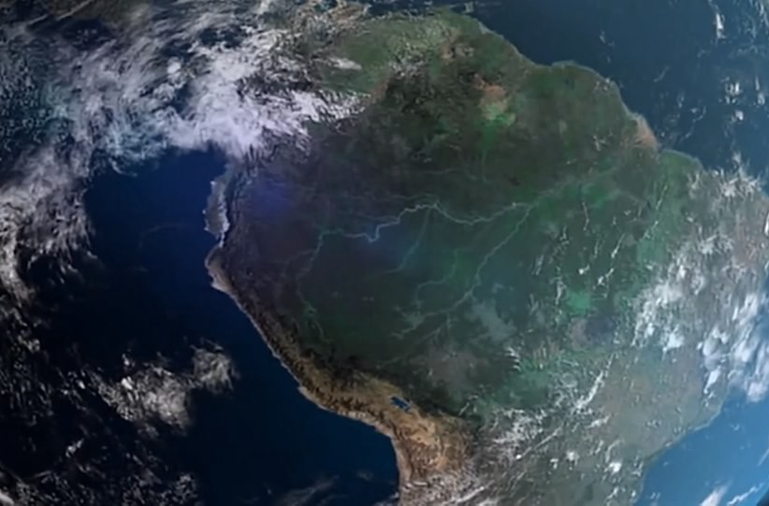There is an unfortunate knee-jerk response programmed into many people in leadership positions to want to ask: “How do we scale it up?” every time they hear a seemingly good idea. To a larger or lesser extent, many of the people who have this response have contracted the virus of neoliberal economic indoctrination. Once infected you do not question the economic growth imperative, its hidden subsidies and externalities, the inadequacy of GDP as a measure of positive progress, nor the implied assumption that bigger is better or more efficient and effective. Very often it is not!
Of course we need to find a way that regenerative practice and careful restoration of healthy ecosystems functions spreads from community to community and bioregion to bioregion to reach global impact as quickly as possible. We need to reach scale, but not by scaling-up!
Many regenerative solutions will no longer be regenerative if they are simply scaled up into a mega-project or replicated in a cut & paste (cookie cutter) fashion. Such expansionist approaches tends to lose touch with the necessity for solutions to be born out of the cultural and ecological uniqueness of a place — its people and its bioregion. We can learn from the patterns of natural system how to design as nature, create place-sourced solutions and create conditions conducive to life.
In general natural systems do not keep growing exponentially in quantity and size. They tend to follow a logistic curve of growing to a certain point and then changing and maturing in qualities, relationships and interconnections without continuing to grow quantitatively in size or numbers. Just reflect on your own development from childhood to adulthood, if you want an example for that pattern. Our species has long passed the point where we should have switched from quantitative growth to qualitative growth, from more and bigger, to better and more appropriate.
The way to take the design of regenerative systems to scale is by scaling-out or spreading patterns that work and increase health, vitality, resilience and adaptive capacity. Doing this well means doing so always with careful attention to the uniqueness of local culture and the local ecosystem. This would lead to decentralised and distributed systems that have a high degree of redundancy and therefore resilience to external disruption.
That is why the title of my book speaks of cultures as plural. Our own diversity of culture and even diversity of perspectives is part of life’s diversity. This diversity is life’s secret sauce for staying creative, adaptive and able to respond to unpredictable change!
We need to learn to celebrate our diversity of perspectives and still find ways to move forward together and address humanity’s existential crisis in so far unprecedented levels of global collaboration between places and bioregions and within them.
I should also say that the paradox embedded in the book’s title is intentional. We don’t really design cultures. Cultures emerge from the diversity of qualitative interactions, relationships and information flows between all their participants. Never the less, all our individual actions and even the way we think about the world does affect what kind of culture emerges. To participate regeneratively in this complexity is to act from the intention of contributing health and value to the system as a whole.
The art and science of regeneration is about humbly aiming to design for positive emergence in the nested systems we participate in. That is why I work a lot with the deep practice of ‘living the questions together’. Prolonged collective inquiry is a more reliable pathway towards wise action than jumping for premature solutions or pretending that any solution will be appropriate forever or everywhere.
If we learn to scale-out patterns that generate health and well-being, rather than scale up solutions in the mistaken believe they serve everywhere or forever, we will create a scale-linked, place-adpated, diverse and creative nested system that is much more capable of learning.
What’s more the process of doing so requires local capacity building, life-long learning and the appropriate participation of people in place. So the path of getting there will make us a globally connected and locally adapted species capable of learning and responding to change with transformation. The future is glocal, diverse regenerative cultures in glocal solidarity and knowledge exchange which are elegantly adapted expressions of the biocultural uniqueness of place.





